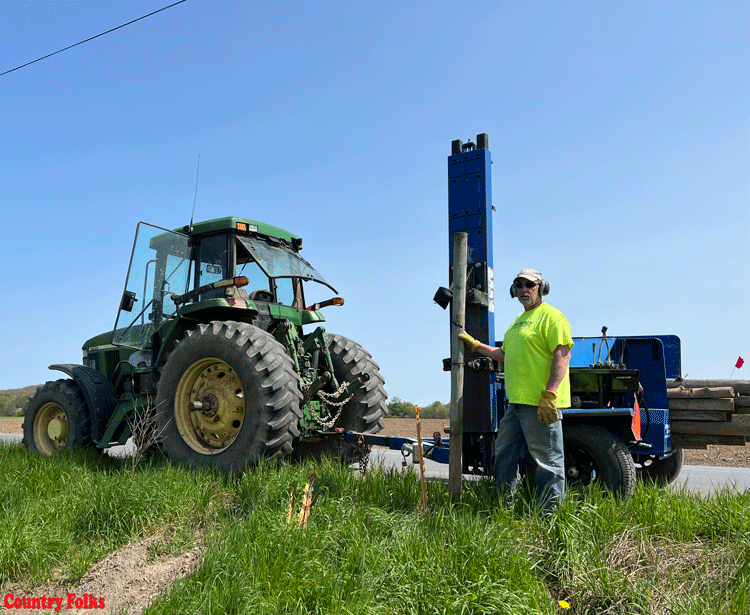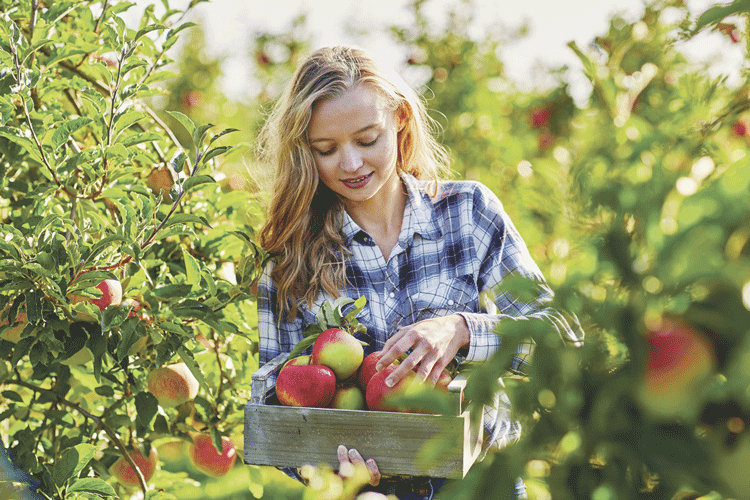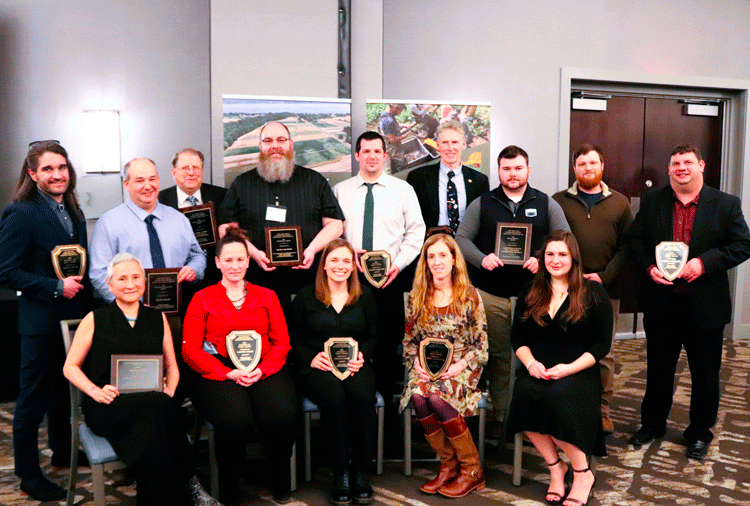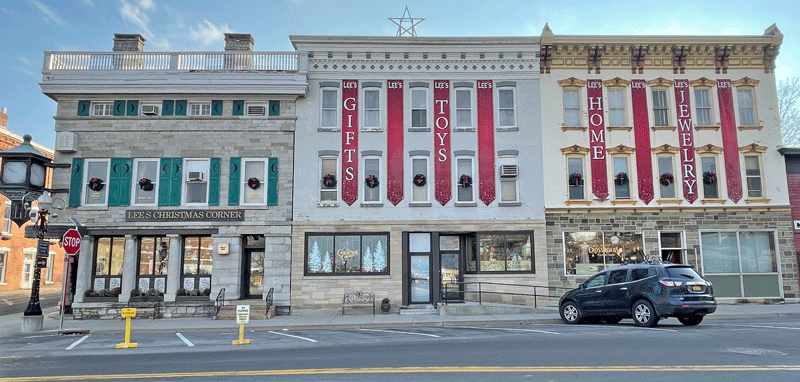 by Tamara Scully
by Tamara Scully
Having animals that are naturally adapted to pasture, and grow well on a 100 percent grassfed diet, is of prime importance to Bird’s Hollow Beef producers Candice and David Eldredge. They’ve selected purebred Whiteface Herefords, crossed with purebred Black Angus bulls. The resulting calves are known as Black Baldies. Both breeds are hardy, suitable for pasture, and good finishers on grass. They also raise some pure Whiteface Hereford calves.
“We are proud to say that our farm is Animal Welfare Approved,” Candice said. “Our cattle are humanely raised on pasture and are never given growth hormones or fed antibiotics. Our cattle are never confined.”
The AWA label is a third-party certification label which focuses on animal welfare and environmental concerns, setting standards which aren’t simply suggestions, but which must be followed by AWA farms.
The primary AWA standard is that animals must be raised on pasture, and AWA requires continuous outdoor pasture access. But not just any pasture. Pasture which is managed and grazed in an accepted rotational or intensively-managed program; is not denuded; and provides clean, fresh, adequate nutritious forage without causing environmental degradation is required. This is pasture at its best, where grazing is closely watched, animals are moved regularly, paddock size and time in the paddock fluctuates based on forage conditions, and whether to make hay or baleage, or to stockpile forages instead, is serious business.
Natural choices
The farm maintains a herd of 30 breeding cows, all calving in May and June, to coincide with the availability of lush pasture. Cows give birth on pasture, in a spot of their choosing. Calves are naturally weaned by the mothers at about 12 months. Cow, calf, yearling calf and 2-year old finishers are all pastured together in the same herd. Bulls are pastured with the breeding cows for a 10 week breeding period, beginning in July.
Finishing isn’t rushed, allowing the cattle to naturally grow and fatten on high-quality, high-energy forages. The farm is able to finish 15 calves each season for 100 percent grass-fed beef sales. The cows are raised until a finishing age of about 28 months. The rest of the calves each season are selected for Meadow Veal, although a few are replacement heifers.
“On our 140-acre farm, we aim to be diversified with our forage base to help protect against weather extremes,” Candice said. “Therefore, we establish 34 acres of Eastern gamagrass, which is a native warm-season perennial grass that we graze from the first of June until mid-September.”
The gamagrass, which does not go dormant in the heat of the summer, is accompanied by 14 acres of alfalfa-timothy mix, used primarily for baleage. Cool season perennial forages consisting of timothy, rye, brome, orchard grass, chicory, birdsfoot trefoil and white clover are the balance of pasture forage.
“High quality, high energy forage is essential in grass finishing for well-finished beef,” Candice said. “We believe this starts from day one with mama and cow always having quality forage available.”
With the best pasture conditions, calves can see a daily gain of about three pounds. In the winter, they prefer to feed baleage rather than hay, for optimal nutrition.
Pastured perfection
Pasturing year-round takes planning. Serious grazing begins here in May, when forages are about six inches tall. Rotational grazing requires moving the cattle one or two times each day, when the grass in the paddock is no less than four inches in height. Grazing lower would inhibit regrowth. Paddocks are made with temporary fencing. Their size and the time the cows spend grazing there are fully dependent on pasture conditions, which vary throughout the season.
Water is delivered to primary paddocks with frost-free automatic water tubs. Additional portable tubs are needed during the growing season.
“Our practice at Bird’s Hollow Beef is to allow our cattle free access to all pastures in the winter months when the ground is frozen,” Candice said. “They enjoy grazing the stockpiled grass and have free access to harvested baleage. They find their own natural barriers for winter protection.”
Spring mud season requires special care, and a sacrificial paddock. This area is several acres in size, and is used to keep the animals from damaging the rest of the acreage.
Veal and beef
The farm raises Meadow Veal, as well as beef. The veal calves are considered finished at about six months of age, when they reach a weight of 500-600 pounds. The animals are raised exclusively on mother’s milk and pasture, and roam freely with the herd, just as the cattle raised for beef do. The difference is in the age at the time of finishing.
“We have found that there is a significant amount of educating the potential customer that our humanely raised veal is no comparison to conventional confinement raised bottle fed veal,” Candice said.
The farm began raising veal about five years ago. A primary impetus was the lack of land for finishing all of the calves born on the farm. Meadow Veal is sold directly to butcher shops only.
“At this point, we are comfortable managing our present number of breeding cows and selling half of our calves every year for Meadow Veal, before their first winter, and finish the remaining stock for grassfed beef,” Candice explained.
Beef is sold by the side, as well as by the retail cut at the farm, and at Red Jacket Orchards, in Geneva, NY. It has been challenging to find local slaughter and butchering facilities, but there is an AWA-approved, USDA inspected butcher shop within a reasonable distance, which has been beneficial.
“For our customers to seek us out and purchase our grassfed beef and Meadow Veal is a voice saying that they want to know where their meat came from, and exactly how it was raised,” Candice reflected. “We believe well-informed customers have an amazing influence on impacting our food system. It is interesting to note that in 2004, when we first become interested in the concept of finishing grassfed beef, it was a challenge to find resources. We were going against the grain of conventional farming practices.”
With a little perseverance, the Eldredge’s mission and vision — to produce pasture-raised beef using holistic farming principals which benefit the land, the animals, and provide healthy food — has been achieved. Today, the farm is far from alone in raising beef on pasture, as naturally as possible.
“There is one thing we know, and it is that we love grass farming because of the absolute simplicity of it.”
For more information contact Bird’s Hollow Beef, in Stanley, NY at info@birdshollowbeef.org .












Leave A Comment